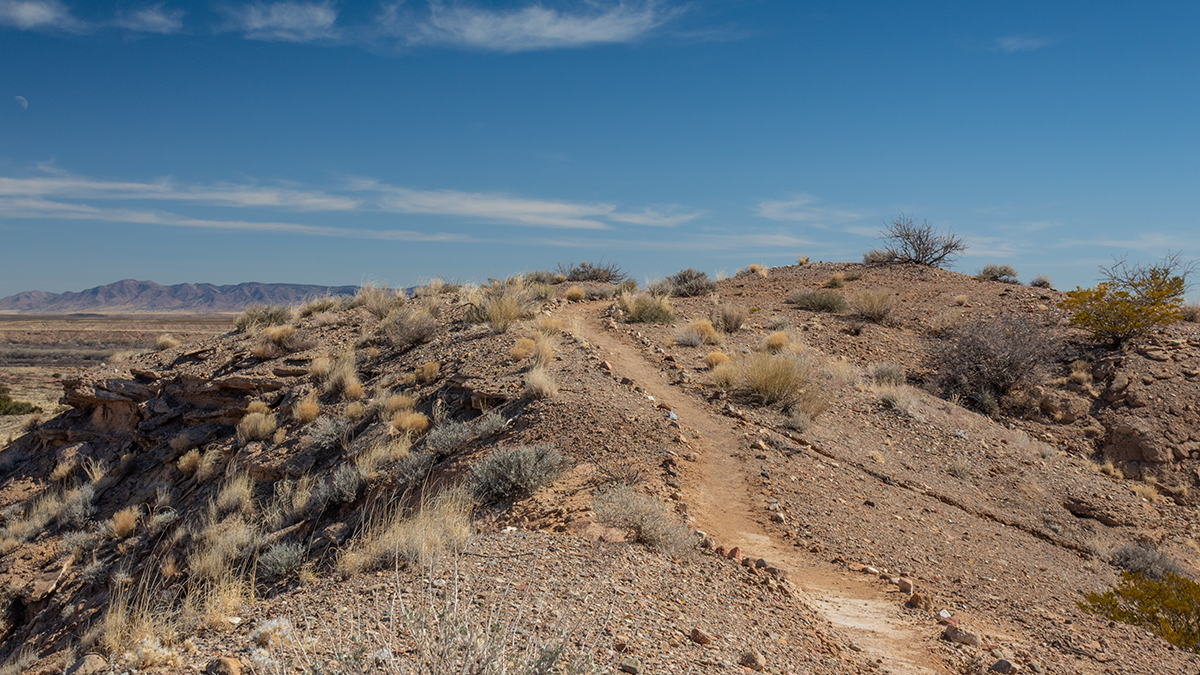Editors’ Highlights are summaries of recent papers by AGU’s journal editors.
Source: Journal of Geophysical Research: Earth Surface
Drylands cover over 40% of the Earth’s land surface and house more than 2 billion people, many of whom rely on drylands for subsistence needs. Vegetation dynamics in drylands are often characterized by rapid shifts between different vegetation states, with the transitions driven by external pressures such as drought or grazing. Internal feedbacks are important for stabilizing vegetation states, such as when fires in grasslands kill shrub seedlings, thus leaving room and resources for more fire-promoting grasses. Indeed, the conversion of grasslands, frequently stabilized by this fire feedback, into shrublands, frequently stabilized by sediment transport, is a major state change observed in drylands worldwide. Woody encroachment, as it is often known, is considered a major form of land degradation in drylands.
It has been well established since at least the 1990s that soil resources (including soil fines, organic matter, and inorganic nutrients) are concentrated beneath plant canopies in drylands compared to the bare interspaces between plants. Maintenance and enforcement of these fertile islands beneath shrub canopies by wind and water transport has been explained as at least partially responsible for the difficulty in restoring grasslands that have been encroached by woody vegetation. However, processes such as fire, which destroy shrub canopies, have the potential to weaken fertile islands, in part through allowing wind and water transport to erode the high concentration of soil resources found under shrubs.
Using new rare earth element tracers, Burger et al. [2023] have shown, for the first time, how fire and erosion work together in the context of woody encroachment, providing a beautiful example of integrative ecogeomorphic research. The authors show that fire essentially reverses the flow of sediments. In shrub-encroached plots, net movement form bare interspaces to the area below shrub canopies is dominant. However, crown-destroying fires cause sediments to flow back to the bare interspaces. This work provides clear insight into the mechanisms that both strengthen and weaken shrub encroachment and provide a foundation on which management interventions, such as fire, can be given a clear mechanistic underpinning.
Citation: Burger, W. J., Van Pelt, R. S., Grandstaff, D. E., Wang, G., Sankey, T. T., Li, J., et al. (2023). Multi-year tracing of spatial and temporal dynamics of post-fire aeolian sediment transport using rare earth elements provide insights into grassland management. Journal of Geophysical Research: Earth Surface, 128, e2023JF007274. https://doi.org/10.1029/2023JF007274
—Gregory Okin, Associate Editor, JGR: Earth Surface


